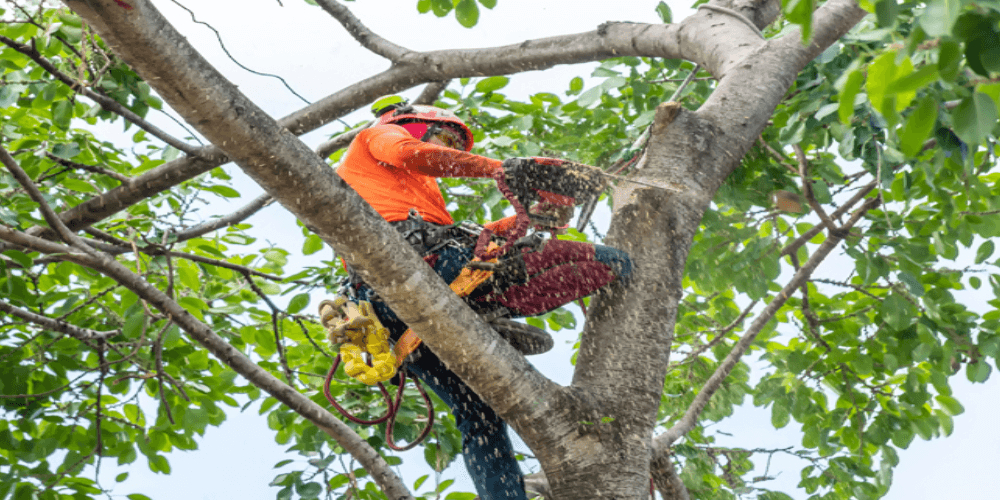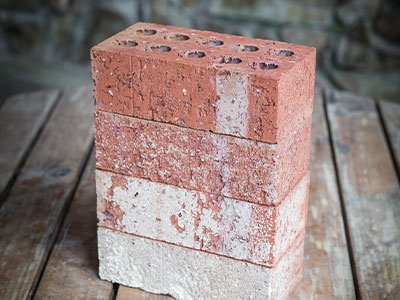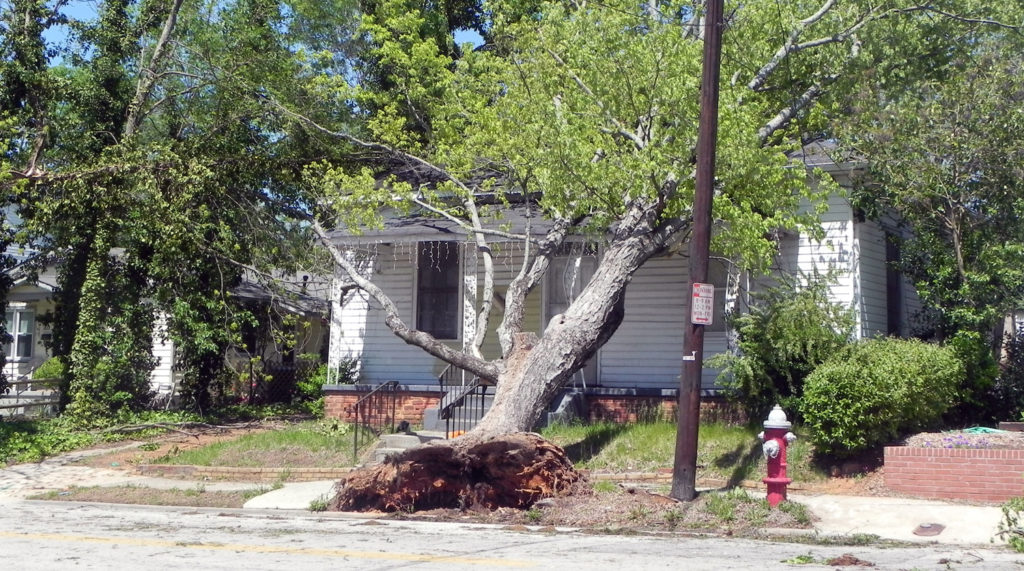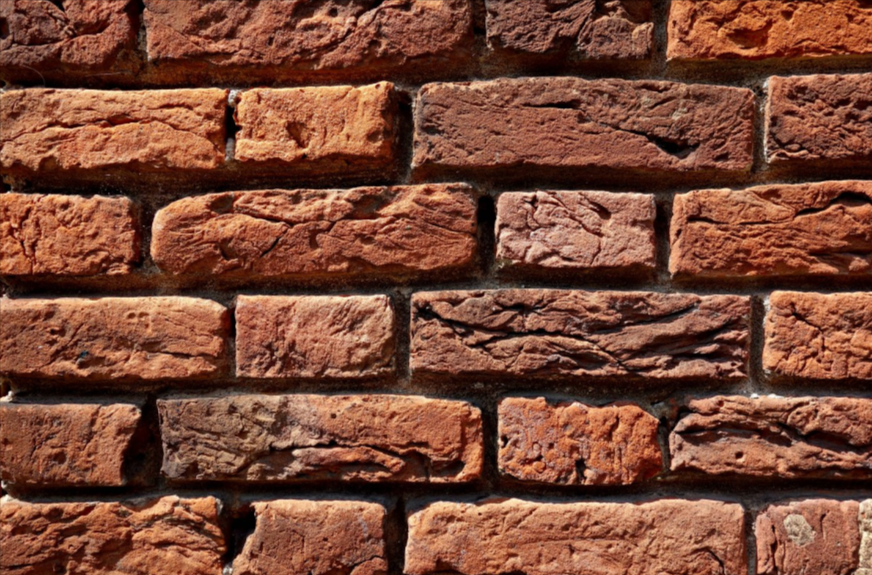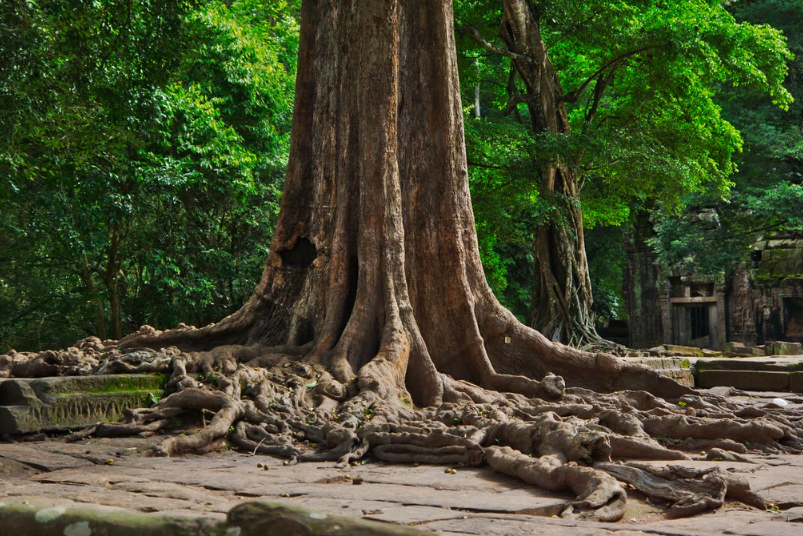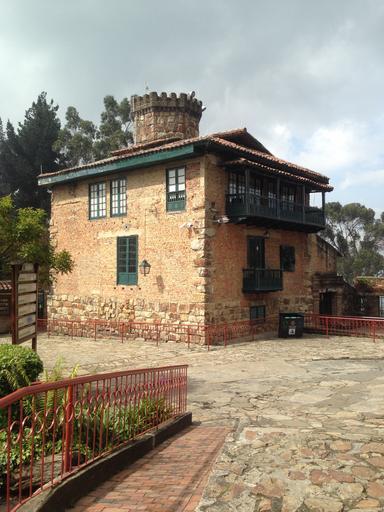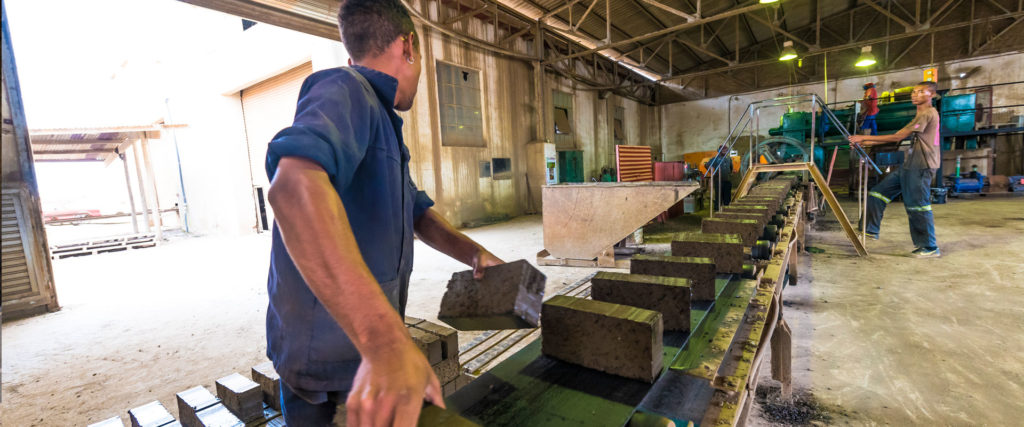This article will provide you with a simple explanation of how a brick wall is constructed. You will learn about the materials used, the techniques used, and the costs involved in brick wall construction. Having some idea about how brick walls are built will help you decide if they are right for your home.
Construction of a brick wall
When building a brick wall, it is important to lay each brick evenly and in the same direction. Before you begin, check the levelness of each row using a level or tape measure. Once the first row is complete, you can move the guideline halfway up the wall and begin the second row.
A guidepost is a long wooden board used to help keep a brick wall level. The guideposts should be at least twice the height of the bricks. They are used to mark the mortar lines and ensure that the walls are level. After laying the bricks, it is time to apply plaster. Apply the plaster using the “Pustovka” method, which involves distributing the solution between the bricks.
Brickwork should remain wet for 20 days after laying. Bricks should be connected to each other with spiral nails, which should be inserted in the seams between the bricks. Failure to adhere to these rules can cause problems. Brickwork can crack, and building materials may fall off the wall. Brickwork that is uneven can also become problematic when finishing is applied.
A brickwork master will use tools to ensure accurate alignment. They will use tools such as plumb, level, roulette, and chain grid. They will also use a special plaster solution and wire to repair the bricks. A special pattern that fits the foundation edge is used to lock the bricks in place. A brickwork master should also use a special brickwork solution to create a flat surface for the bricks.
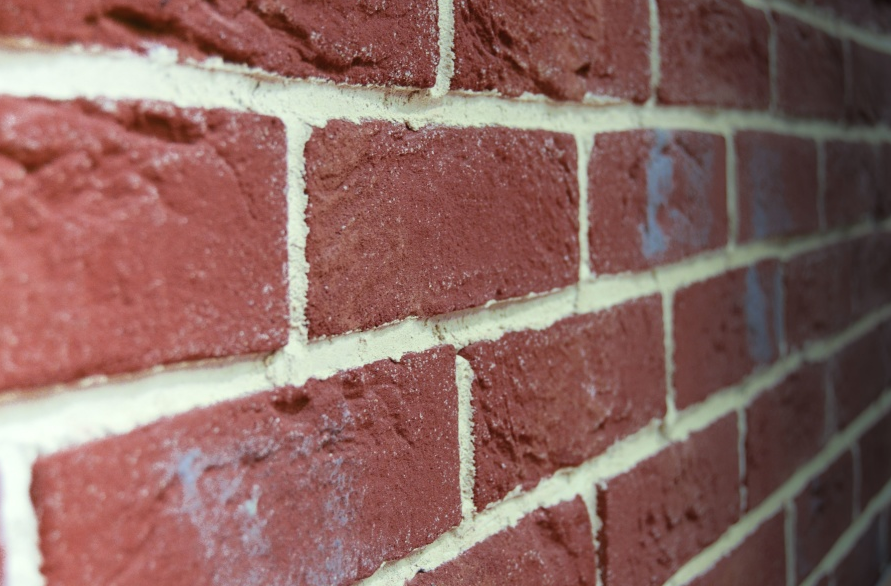
Construction techniques
When planning a brick wall, it is important to select the appropriate bricks and lay them properly. The first thing to remember is to thoroughly soak each brick in clean water until air bubbles disappear. Next, lay the bricks in English bond. Make sure that the brick courses are horizontal and true in plumb. Also, the vertical joints of successive courses should not cross the horizontal joints of the alternate course. Lastly, clean-cut brick closers should be placed near the edges and ends of the wall. Lastly, make sure that you clean the face of the wall every day.
After bricks have been laid, make sure that they are evenly spaced and that they have a uniform height and width. You may also want to consider making brick joining patterns, which can vary depending on what you plan to do with the bricks. This will enhance the visual appeal of the wall. Also, make sure to check for any gaps between bricks and patch them with mortar.
After preparing the foundations, lay out the bricks at the ends of the wall. If you’re unsure of the exact distance between bricks, you can use a string line. To mix the cement and sand, you can mix them on an old board. Make sure to mix them well so they produce consistent color. Add water, if necessary, until you reach a consistency that matches the bricks.
Cost of construction
There are several factors that determine the cost of brick wall construction. The material used and the amount of labor involved will determine the final price. A basic brick wall will cost between $10 and $30 per square foot, while stone and concrete block walls are more expensive. The type of finish you desire can also add to the cost, such as smooth stucco. In addition, the location of your wall will affect the cost. If your property is sloped, it will be more expensive to build a brick wall.
The size of the wall is also a determining factor. Larger walls require larger amounts of materials and will require more labor. Larger walls will also take longer to complete, which will increase the cost. In addition, you should consider the thickness of the wall when deciding on the cost. For example, a 5m by 1.2m single skin wall will cost about PS700 to PS800.
A brick wall can be expensive, and labor costs will vary depending on the size of the project and the skill level of the mason. A skilled mason can complete the project faster and incorporate more intricate designs into the wall. In addition, the complexity of the design you choose will also affect the price. More complicated designs require more labor, create more waste and raise the cost of materials.

